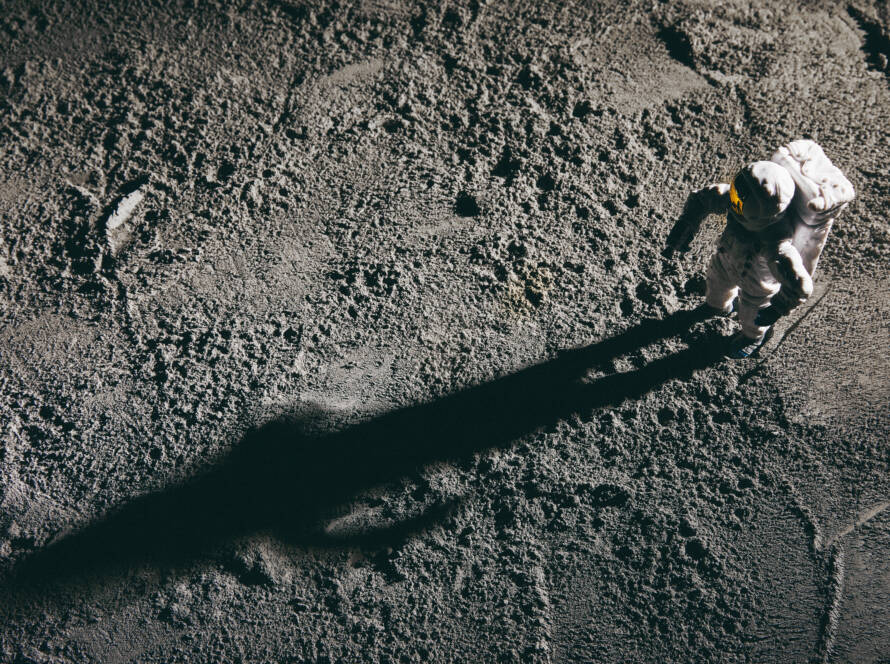by Olivia Liem
As we push the boundaries of space exploration, it’s crucial to ensure that our innovations align with the United Nations Sustainable Development Goals (SDGs). As a young person fascinated by space, I often dream about the possibilities of exploring new worlds and pushing the boundaries of human knowledge. But when I think about what really matters, it’s clear that our work in space must also focus on making life better here on Earth. The United Nations Sustainable Development Goals (SDGs) give us a powerful framework for this, helping ensure that space innovation doesn’t just advance technology but also helps solve global challenges like poverty, inequality, and climate change.
 Space technology offers unique capabilities that directly support the SDGs. For instance, Earth observation satellites play a critical role in monitoring environmental changes, which is vital for achieving Climate Action (SDG 13). These satellites provide data that helps track deforestation, monitor air and water quality, and predict natural disasters, all of which are essential for managing resources and protecting ecosystems source (European Space Agency).
Space technology offers unique capabilities that directly support the SDGs. For instance, Earth observation satellites play a critical role in monitoring environmental changes, which is vital for achieving Climate Action (SDG 13). These satellites provide data that helps track deforestation, monitor air and water quality, and predict natural disasters, all of which are essential for managing resources and protecting ecosystems source (European Space Agency).
 Satellite-based communication systems also have the potential to improve Good Health and Well-being (SDG 3) by enabling telemedicine in remote areas, ensuring that even the most isolated communities have access to healthcare (Interplanetary Initiative).
Satellite-based communication systems also have the potential to improve Good Health and Well-being (SDG 3) by enabling telemedicine in remote areas, ensuring that even the most isolated communities have access to healthcare (Interplanetary Initiative).
However, the rapid growth of space activities also presents challenges that could undermine these goals if not managed properly. The increasing risk of space debris and the potential for space activities to exacerbate global inequalities highlight the need for responsible governance within the space industry. Without responsible management, the debris from our space activities could lead to collisions that put missions—and lives—at risk. It’s not just about the future of space exploration; it’s about ensuring that this final frontier remains accessible and safe for everyone, including future generations like mine.
A key resource that highlights the intersection of space activities and the SDGs is the UNOOSA’s Space4SDGs 2023 report. It’s packed with examples of how space technology is already making a difference across all 17 SDGs. One part that stood out to me was how satellites are used to monitor and combat deforestation. As someone who cares deeply about climate action, I find it incredible that we can use space tech to protect our planet’s forests, which are vital for our climate and biodiversity. It’s this kind of work that makes me excited about the future of space innovation—not just for the thrill of discovery but for the tangible impact it can have on our world.

Integrating the United Nations SDGs into the framework of space innovation is not just an ethical obligation; it’s a strategic approach to ensure that space activities contribute to the well-being of our planet. It’s all about making sure that what we do up there has a positive, lasting impact down here. As we continue to explore and innovate, let’s ensure that every step forward in space also brings us closer to a sustainable and equitable future for everyone on Earth.
About the Writer:
 Olivia is passionate about fostering positive mental health, celebrating diversity & inclusion, and inspiring creative expression. With Youth Culture Inc., she is a team member of the Youth Advisory team collaborating with NGen to create content on advanced manufacturing, innovative ideas, and technology.
Olivia is passionate about fostering positive mental health, celebrating diversity & inclusion, and inspiring creative expression. With Youth Culture Inc., she is a team member of the Youth Advisory team collaborating with NGen to create content on advanced manufacturing, innovative ideas, and technology.

